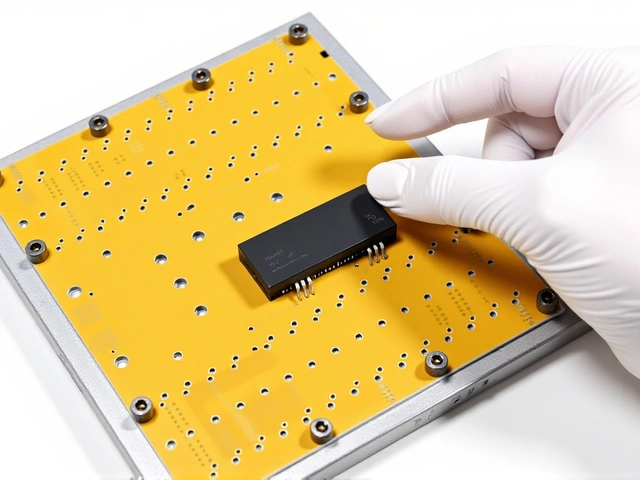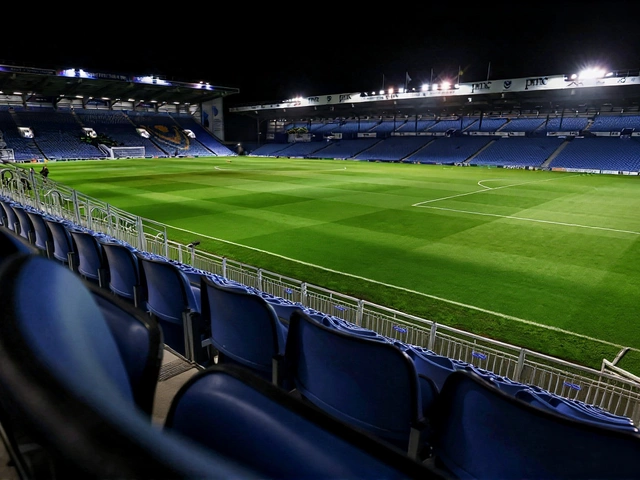Sports Technology: How Modern Tools Are Transforming Soccer
Ever wonder why a soccer match feels more precise than it used to? The answer lies in the gadgets, software, and data streams that sit behind every pass, tackle, and goal. From the stadium to the training ground, technology is rewriting the rules of how the game is played, watched, and analyzed.
On‑field tech that gives teams an edge
Wearable sensors are now as common as shin guards. Players wear lightweight GPS units and heart‑rate monitors that feed real‑time numbers to coaches. The data shows how far a midfielder runs, how quickly a striker accelerates, and whether fatigue is setting in during the final minutes. With these insights, a coach can swap a tired player for a fresh one before the opposition even notices a slowdown.
Video Assistant Referee (VAR) is another game‑changer. When a controversial decision pops up, officials can review high‑definition footage in seconds. The result? Fewer missed offsides, clearer penalty calls, and a more trustworthy outcome. Critics say VAR slows the game, but most fans agree the accuracy it brings outweighs the brief pause.
Artificial intelligence also helps with tactics. AI‑driven platforms crunch thousands of match videos to spot patterns—like a defender’s tendency to step left when under pressure. Teams use these patterns to design set‑pieces that exploit opponent habits. It’s like having a secret playbook generated by a computer.
Tech for fans and the wider soccer community
Fans now enjoy immersive experiences thanks to augmented reality (AR) and 5G networks. Point your phone at the field, and you’ll see player stats pop up next to each athlete. Some stadiums offer a “second screen” that lets you switch between camera angles, replay key moments, or even see predictive graphics that show where a shot might end up.
Social media platforms use machine learning to tailor content. If you follow a specific club, the algorithm surfaces highlights, interviews, and behind‑the‑scenes clips that match your interests. This personalisation keeps fans glued to the sport throughout the week, not just on match day.
When it comes to preserving history, digitisation plays a big role. Old match footage is scanned, cleaned, and stored in searchable databases. Researchers can pull up a 1970s game, tag a specific goal, and compare it with today’s play styles. For a site like Aberdeen Soccer Archive, this means fans can explore how tech has evolved alongside the team’s own story.
Finally, e‑sports and virtual simulations let players test tactics without stepping onto real grass. Coaches can run a full match in a virtual arena, tweak formations, and see how the AI‑controlled opponents respond. The lessons learned often feed back into real‑world training sessions.
All these tools—wearables, VAR, AI, AR, and digital archives—are turning soccer into a high‑tech sport. The technology doesn’t replace the human element; it amplifies skill, improves fairness, and deepens fan connection. Whether you’re a player, coach, or just someone who loves watching the beautiful game, embracing sports technology means you’re part of the next chapter in soccer’s history.





